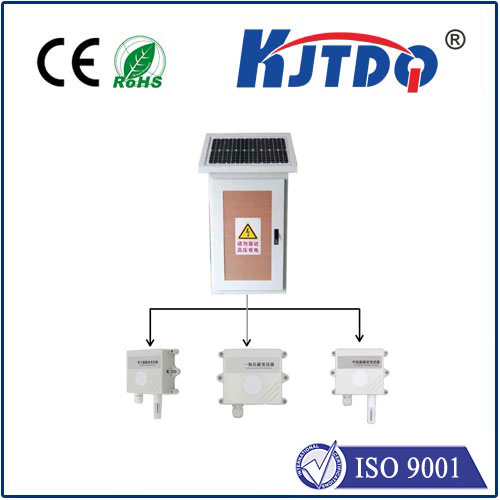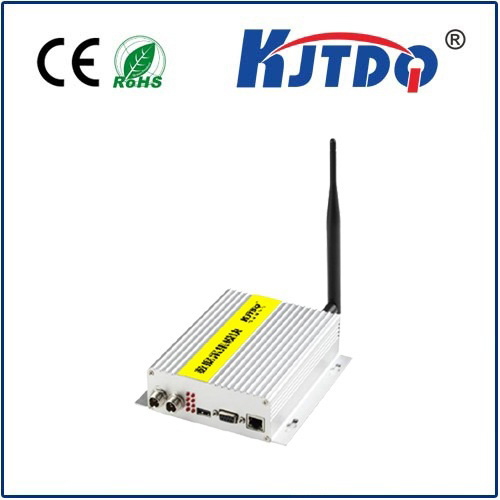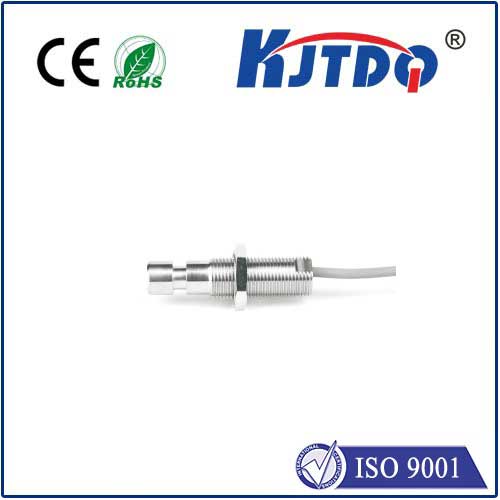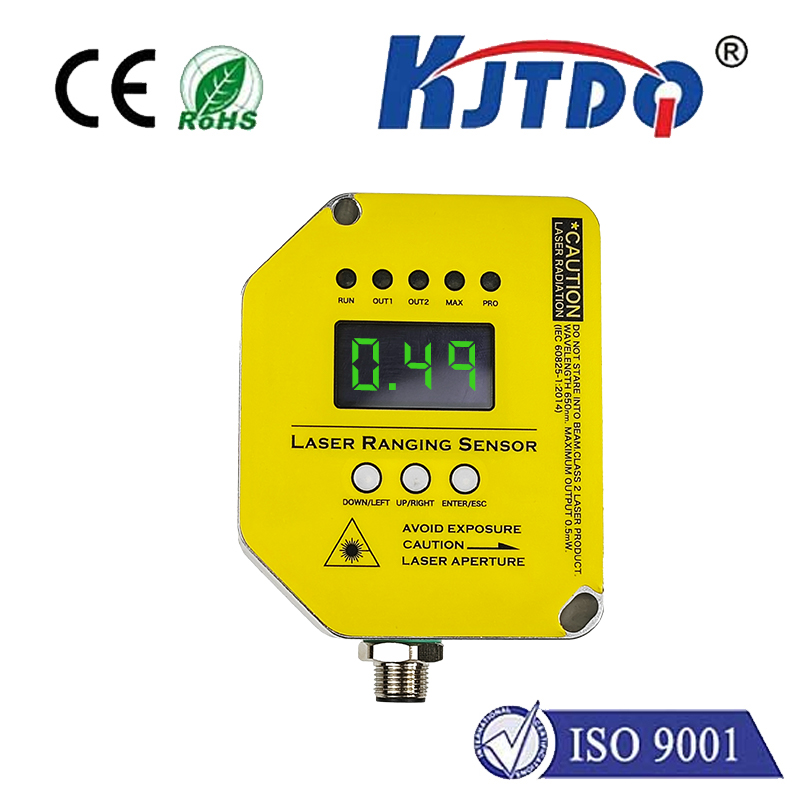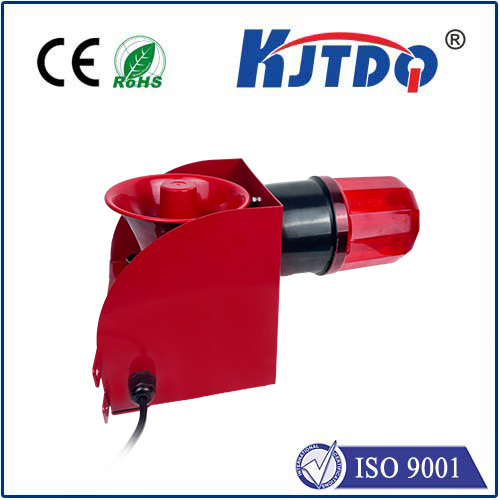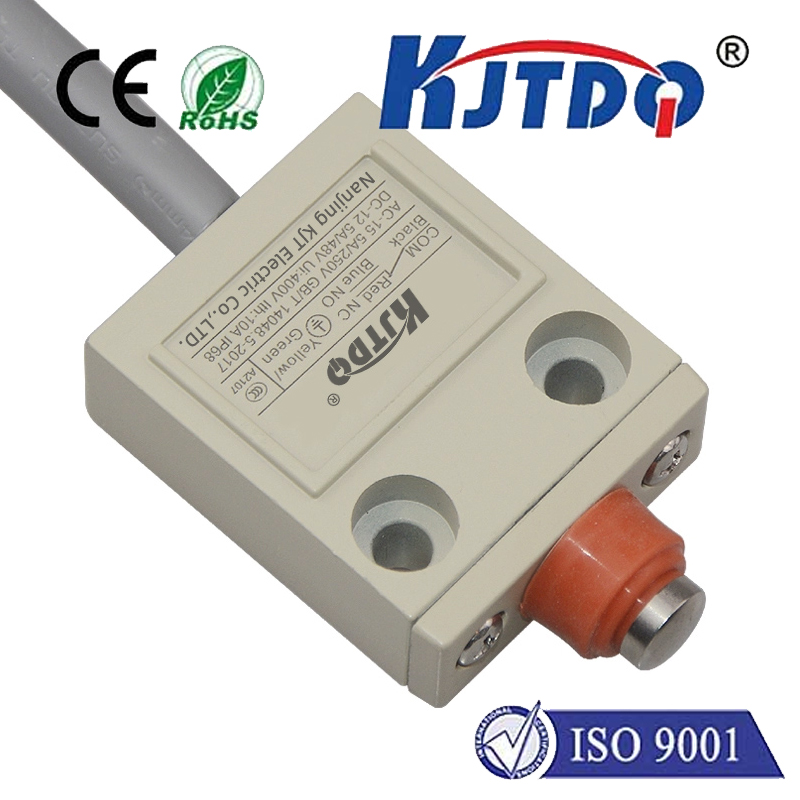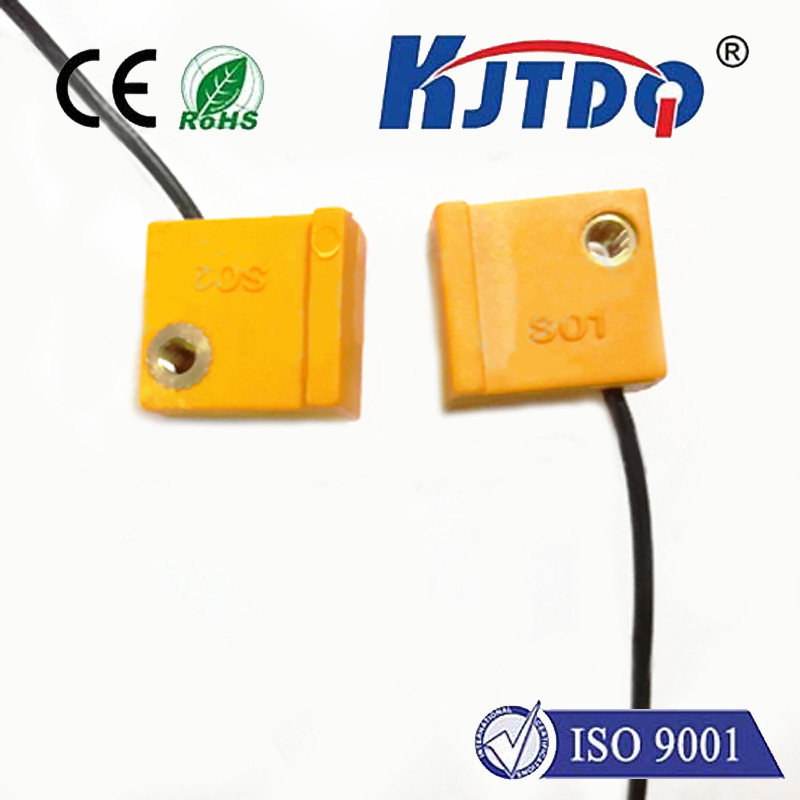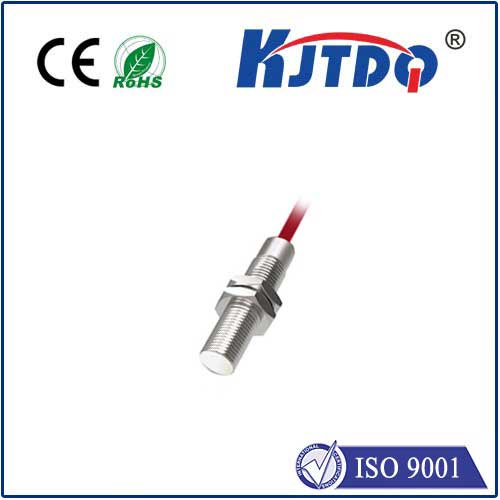
check

check

check

check
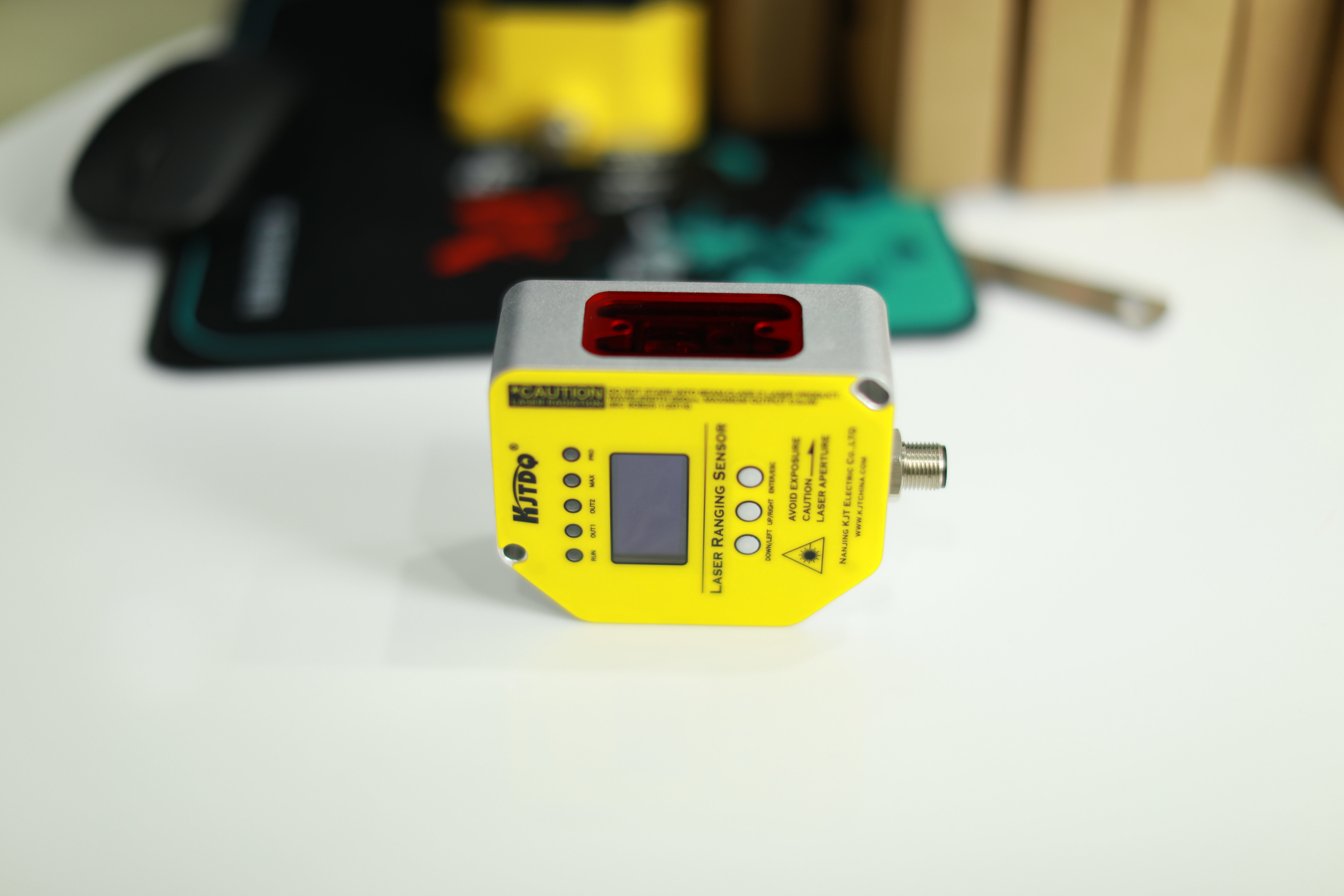
The working principle of the laser ranging sensor can be divided into three steps: emitting laser beam, receiving reflected beam, and calculating distance.
First, the sensor emits a laser beam, which propagates toward the object being measured at the speed of light. When the laser beam irradiates the object to be measured, part of the laser beam will be absorbed by the object, and part of the laser beam will be reflected back by the object. This reflected laser beam is the signal that needs to be measured.
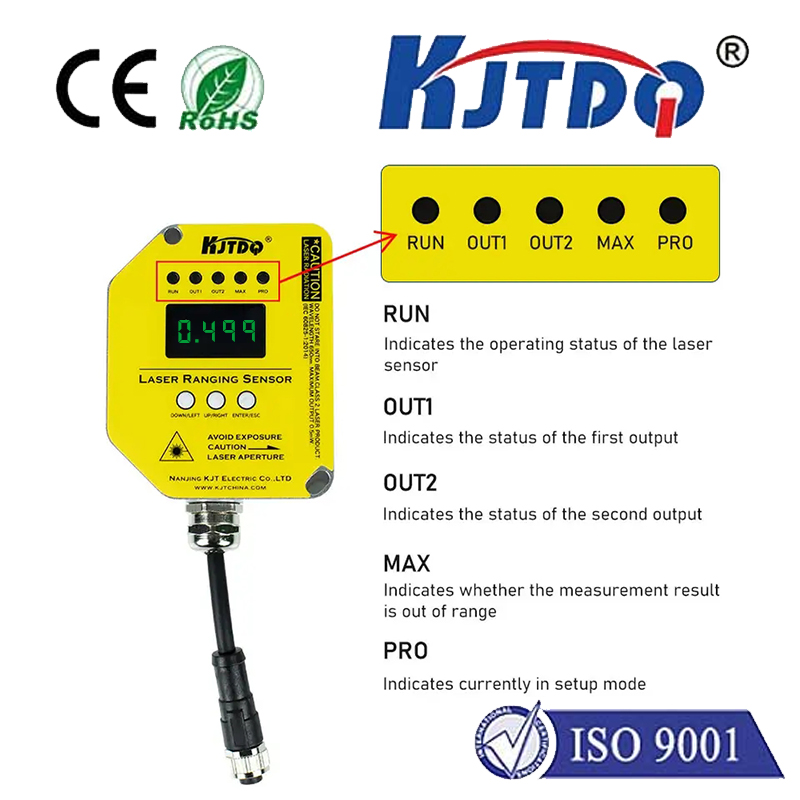
Next, the sensor receives the reflected laser beam. This process requires a receiver to pick up the reflected laser beam. The receiver converts the reflected laser beam into an electrical signal and transmits this signal to the sensor's processor. The processor will record the time it receives the reflected laser beam. This time is the time it takes for the laser beam to be emitted from the sensor and reflected back from the object being measured.
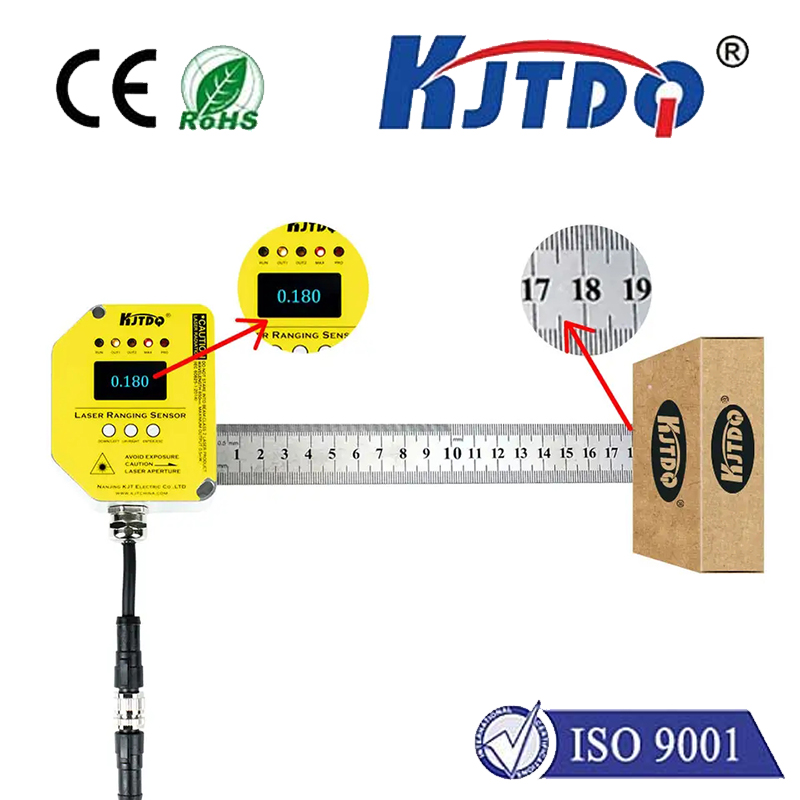
Finally, the sensor calculates the distance between the measured object and the sensor based on the recorded time. This calculation process requires the use of the relationship between the speed of light and time, that is, the distance is equal to half the speed of light multiplied by time. Therefore, the sensor will divide the recorded time by two and then multiply it by the speed of light to get the distance between the measured object and the sensor.
需要注意的是,激光测距传感器必须极其精确地测定传输时间,因为光速太快。
